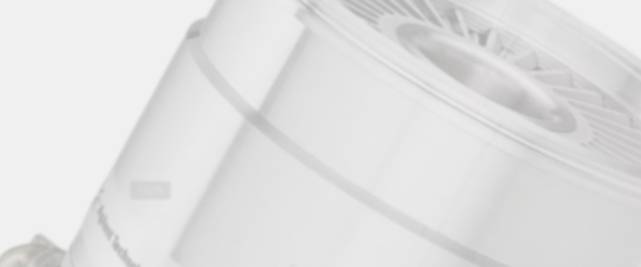Dec . 26, 2024 02:11 Back to list
the brake drums or discs
Understanding Brake Drums and Discs Essential Components of Vehicle Safety
When it comes to vehicle safety, the braking system is one of the most critical components. Within this system, brake drums and brake discs serve a fundamental purpose in ensuring that vehicles can stop efficiently and safely. Understanding the differences between these two types of braking mechanisms is crucial for vehicle owners and enthusiasts alike.
What are Brake Drums and Discs?
Brake drums and brake discs are parts of a vehicle's braking system, but they operate on different principles.
- Brake Drums These are rounded, cylindrical fixtures that house the brake shoes. When the brake pedal is pressed, brake fluid travels through the lines to the wheel cylinders, forcing the brake shoes against the inner surface of the drum. This friction slows down the vehicle. Brake drums are commonly found in older vehicles and on the rear wheels of some modern cars. They are generally less expensive to manufacture and install.
- Brake Discs (or Rotors) In contrast, brake discs are flat, disc-shaped components that feature a rotor. When the brake pedal is engaged, a caliper pinches the brake pads against the rotor, creating friction to halt the vehicle's movement. Disc brakes are more prevalent in modern vehicles, especially on the front wheels, due to their superior performance in dissipating heat and providing more consistent braking power.
The Advantages and Disadvantages
Both brake drums and discs have their respective advantages and disadvantages, making them suitable for different driving conditions and vehicle types.
Brake Drums - Advantages - Typically more affordable and simpler to produce. - Often provide better braking force at low speeds. - Disadvantages - They dissipate heat less effectively than discs, leading to brake fade during prolonged or intense braking situations. - More susceptible to moisture and corrosion, which can diminish braking performance. Brake Discs - Advantages - Excellent heat dissipation; this feature minimizes brake fade, especially during high-performance driving or when hauling heavy loads. - Enhanced stopping power and responsiveness, particularly in emergency braking situations.
the brake drums or discs

- Disadvantages - Generally more expensive to manufacture and replace than brake drums. - They can wear down quicker in harsh conditions, leading to more frequent maintenance.
The Evolution of Brake Technology
The adoption of brake discs over drums in modern vehicles has been influenced significantly by advancements in automotive technology. Engineers are continually looking for ways to improve safety, performance, and driving experience, and disc brakes often meet these goals more effectively than drum brakes. Innovations such as ventilated and slotted discs have further improved the performance of disc brakes, making them even more efficient at heat dissipation and reducing the likelihood of brake fade.
Maintenance and Inspection
Regardless of whether a vehicle is equipped with brake drums or discs, regular maintenance is essential. Routine inspections can identify wear and damage early, preventing potential failure.
- For brake drums, it’s important to check the condition of the brake shoes and ensure that the drum surface is not too worn or scored. - In brake discs, inspecting the pads for thickness and checking for warping or cracking in the rotors is crucial in maintaining optimal performance.
Conclusion
In summary, both brake drums and brake discs play essential roles in vehicle braking systems. Understanding their functions, advantages, and limitations can help drivers make informed decisions regarding their vehicle’s maintenance and enhancement. As automotive technology continues to evolve, embracing innovations while ensuring regular upkeep will contribute significantly to vehicle safety and performance on the road. Whether outfitted with drums or discs, a well-maintained braking system is crucial for any vehicle, ultimately protecting the lives of drivers and passengers alike.
-
Volvo Brake Drum: OEM Quality, Optimal Safety
NewsAug.27,2025
-
Durable Brake Drum MAZ for Heavy Duty Trucks | High Performance
NewsAug.26,2025
-
FUWA: Premium Quality, Reliable Performance & Innovative Solutions
NewsAug.25,2025
-
Liza Brake Drum: Superior Quality & Performance for Safe Driving
NewsAug.24,2025
-
Iveco Brake Drum | Premium OE Quality for Daily & Eurocargo
NewsAug.22,2025
-
Your Brake Drum Man: Quality & Performance Parts
NewsAug.21,2025
